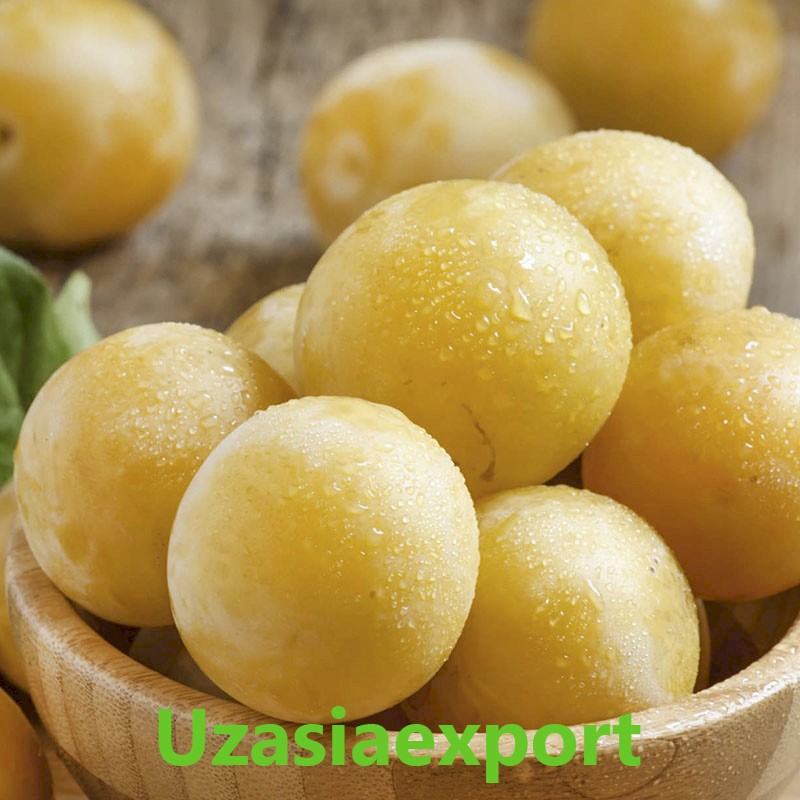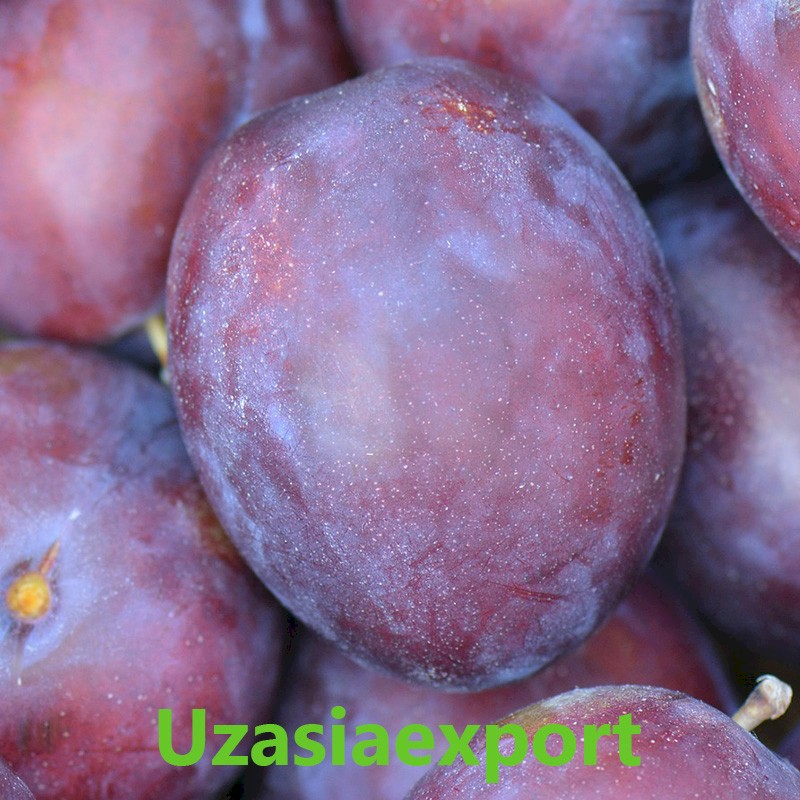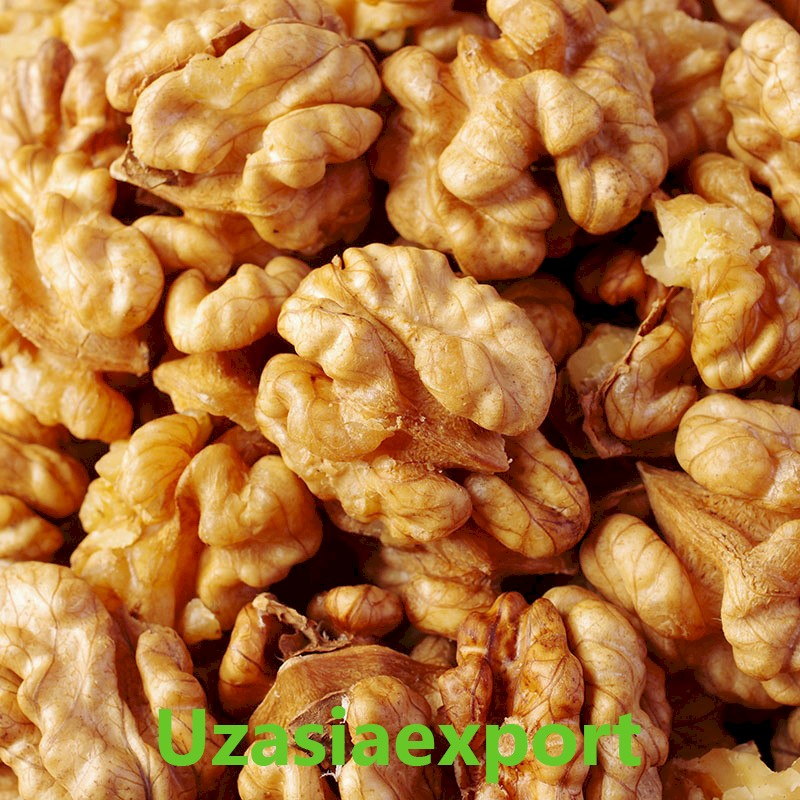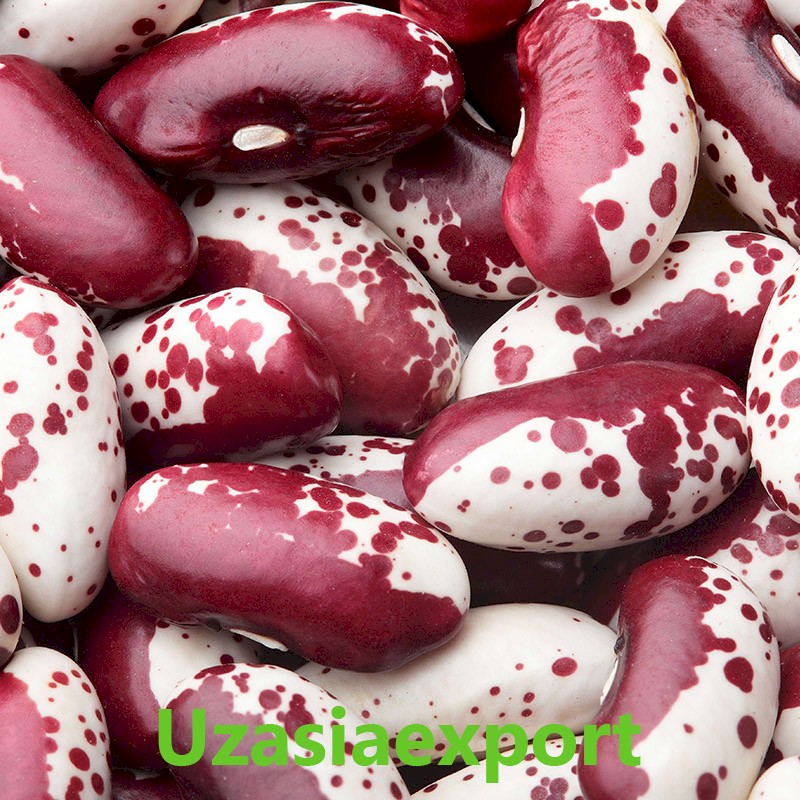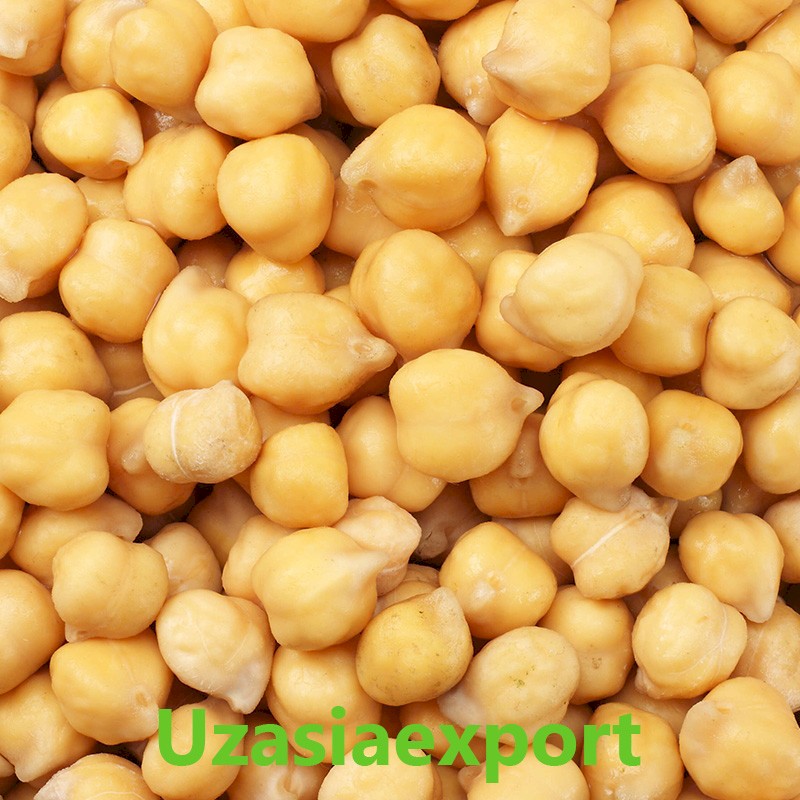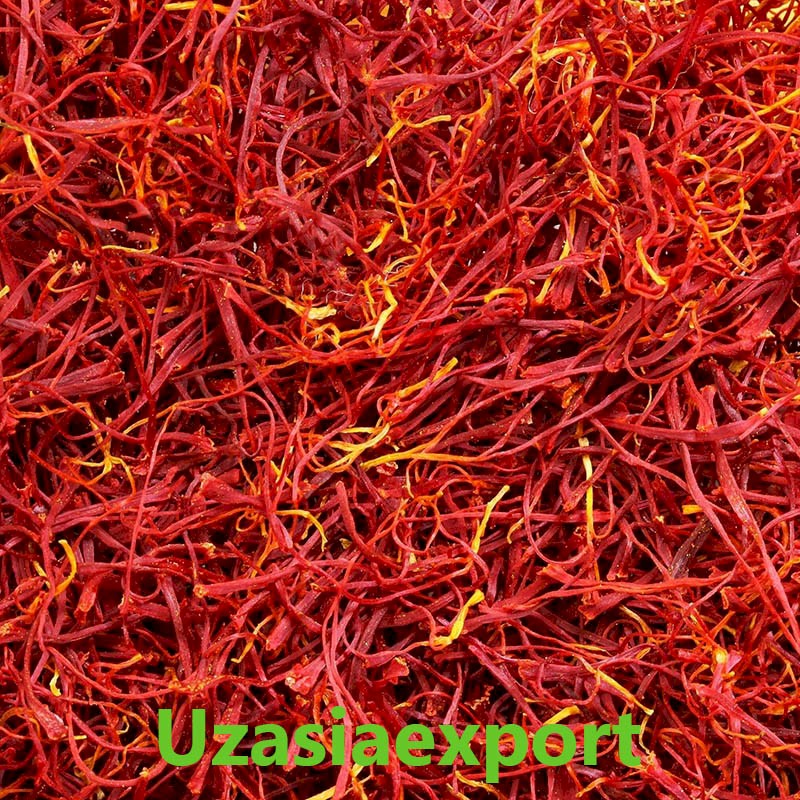Plum
-
Product category: Fruits
-
Species (Varieties): Hungarian domashnaya Hungarian fioletovaya Ispolinskaya Vashington Superior Chernosliv Samarkandskaya
Suppliers:0
Small description
Plum
Plum (Prunus) has more than 30 known types. The most common type is the common plum, which is thought to have originated from the natural interbreeding of wild plum (tern) with the mountain. Homeland Anatolia, Caucasus, North Iran. Brought to Uzbekistan via Iran. Now in Central Asia there are white plums, yellow plums, black plums and their varieties. Plums do not choose a place. There are about 2,000 varieties (more than 200 in Uzbekistan). In terms of planting area in Uzbekistan, it is second only to apricots among legumes. The leaves are linear, the flowers are solitary or 2 - 3, white or bluish. Plum fruit is round, ovoid, oblong, 60-100 g, yellow, green, red, bluish-black; covered with wax. It contains 14-21% of sugar, 0.5-1.2% of acids, nitrogenous substances and vitamins. It is eaten fresh, peeled, canned, juicy drinks, jams products are prepared.
Plums are mainly propagated by grafting and rootstocks. The best grafted plum for plums. Seedlings are harvested in 4–6 years after weeding. In Uzbekistan it blooms in March-April, the fruits ripen from the second half of June to the end of September. Yields good in 20-25 years (30-50 kg per tree, some up to 100 kg); frost resistant. Its planting is similar to other fruit trees. Wengerka, Burton, Ispolin plum, Samarkand black plum, Washington and other varieties are grown in Uzbekistan.

Suppliers of this product
Shown 0 goods from 0
Hot deals
Popular products currently available

